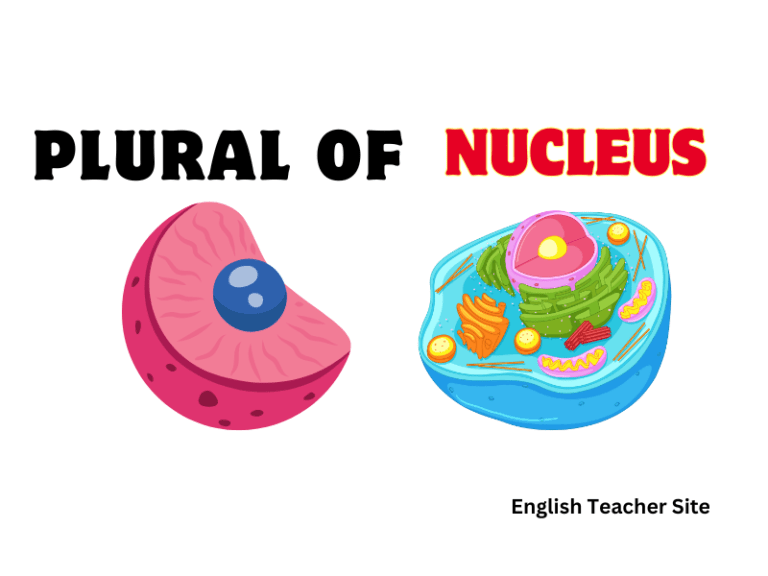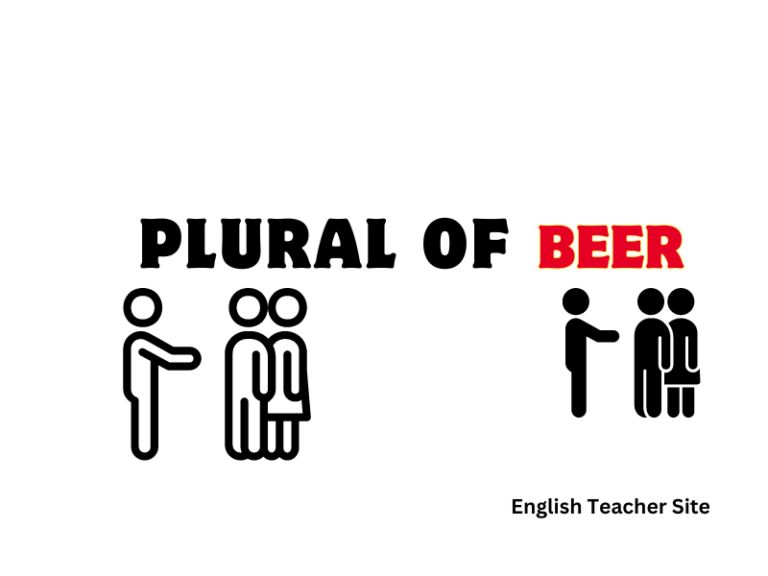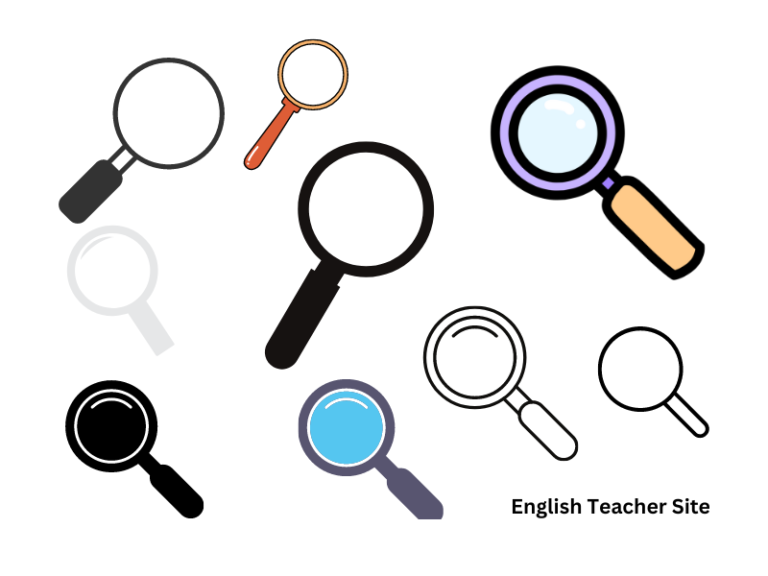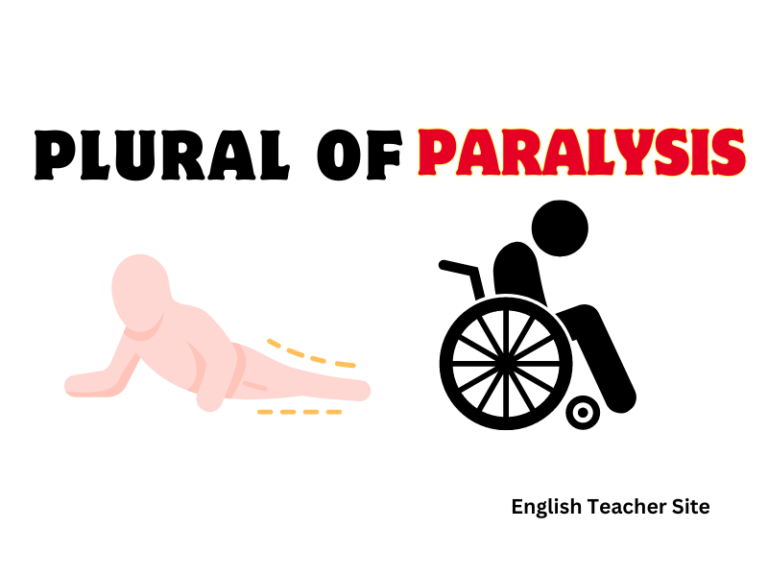Whats the Plural of Schema: Understanding Lexical Variations
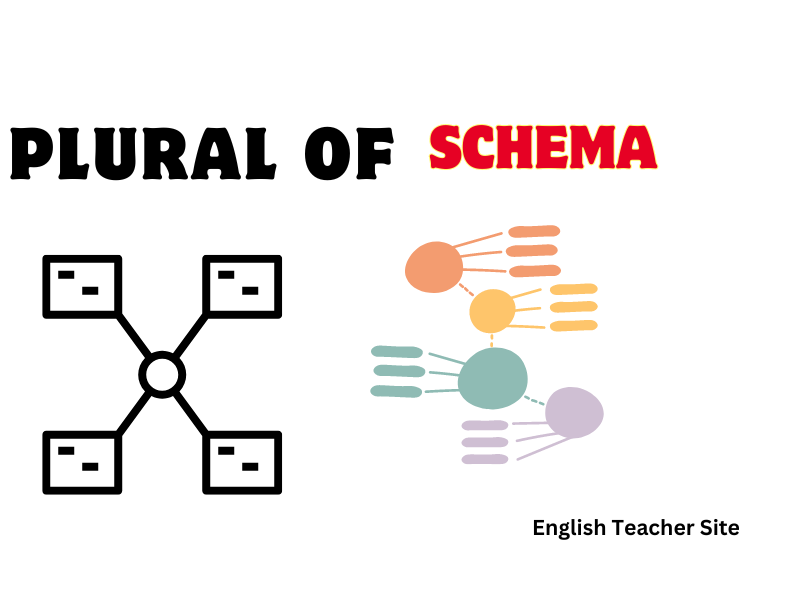
- The word “schema” has its plural forms as either “schemas” or “schemata.”
- “Schema” is used across diverse fields to describe an organized pattern or framework.
- The selection of “schemas” or “schemata” may depend on context and preference.
In both technical and common usage, the concept of a schema is integral to various fields such as psychology, computer science, and data management. It represents an organized pattern or framework, whether it’s the structure of a database or a cognitive pattern used to categorize information and experiences. The plural form of “schema” becomes relevant when referring to multiple instances or types of these structured plans or frameworks in discussion or writing.
What’s the Plural of “Schema”?
The plural of “schema” can be written in two distinct ways:
Table 1: Plural Forms of “Schema”
| Singular | Plural |
|---|---|
| schema | schemata |
| schema | schemas |
Schemata is the traditional plural form that adheres to the word’s Greek origin. On the other hand, schemas is a more modern adaptation that has been accepted into English usage.
When deciding which plural form to use, consider the following:
- Schemata is often used in formal or academic contexts where adherence to classical language traditions is preferred.
- Schemas may be more common in everyday language and is widely accepted in professional and educational fields.
Usage in Sentences:
- The psychologist explained that children develop various schemata as part of their cognitive growth.
- Database administrators must ensure that the database schemas are well-designed to maintain data integrity.
Is Schema Singular or Plural?
Plural Forms of Schema
The word schema adheres to classical pluralization rules stemming from its Greek origin. This leads to two acceptable plural forms:
- Schemata
- Schemas
Schemata is more traditionally correct and is sometimes preferred in more formal or academic writing. Conversely, schemas has become more common and may be favored for ease of use in less formal contexts.
Usage in Sentences
- Singular: “A schema can represent complex information effectively.”
- Plural: “Schemata guide our understanding of abstract concepts.”
Guidelines and Conventions
| Condition | Preferred Plural |
|---|---|
| Formal writing | Schemata |
| Informal writing | Schemas |
Common Usage Patterns
- Technical fields: Schemata are often used to denote multiple complex plans or models.
- Psychology: The plural schemas is frequently found to describe multiple cognitive frameworks.
Defining the Word “Schema”
In the realm of linguistics, schema (pronounced /ˈskiːmə/) serves as a significant term. It refers to a conceptual framework or plan that can be represented visually. At its core, a schema is a mental representation that individuals utilize to understand and respond to complex situations or sets of stimuli. This term, rooted in psychology and cognitive science, plays a fundamental role in how people categorize and interpret information.
The word “schema” boasts a Greek origin, where it denotes ‘figure’ or ‘plan.’ In English, it is used across various disciplines, including:
- Psychology: Referring to a pattern of thought or behavior.
- Database Management: Denoting a structured framework of a database.
- XML/HTML: Describing a set of rules for data formatting.
A schema embodies the structure of something, often illustrated through diagrams in educational and technical contexts, enabling a clearer understanding of complex systems or theories.
The following table details different uses of the word “schema”:
| Field | Definition |
|---|---|
| Psychology | A mental representation aiding in understanding stimuli. |
| Computer Science | A structure representing the organization of a database. |
| Education | A diagram or model illustrating concepts or ideas. |
When considering the plural form of “schema,” two variations are acknowledged:
- Schemata: Aligning with its Greek roots.
- Schemas: A more anglicized form that is commonly used.
Greek Noun Forms
The pluralization often follows rules originating from ancient Greek grammar which can be quite different from regular English pluralization rules.
One such example is the noun “schema,” which is used to describe a structured framework or plan.
Forms of ‘Schema’ in Plural:
- Traditional Greek plural: Schemata
- Anglicized plural: Schemas
Here are two tables summarizing the use and form:
Table 1: Usage Contexts
| Singular | Traditional Plural | Anglicized Plural | Usage Contexts |
|---|---|---|---|
| Schema | Schemata | Schemas | Formal; Informal |
Table 2: Declension in Greek
| Nominative | Accusative | Vocative | Form |
|---|---|---|---|
| Schēma | Schēma | Schēma | Singular |
| Schēmata | Schēmata | Schēmata | Plural |
Examples of “Schema” Used in Context
Table 1: Usage in Database Context
| Singular Usage | Plural Usage (Option 1) | Plural Usage (Option 2) |
|---|---|---|
| The database schema is crucial. | The database schemas are… | The database schemata are… |
| This schema determines structure. | Multiple schemas reveal… | Multiple schemata reveal… |
In the realm of databases, a schema represents the structure that organizes data, such as tables, columns, and relationships. When multiple frameworks are involved, the term “schemas” or “schemata” is employed.
Table 2: Usage in Psychological Context
| Singular Usage | Plural Usage (Option 1) | Plural Usage (Option 2) |
|---|---|---|
| A child’s cognitive schema develops | Children form various schemas | Children form various schemata |
| through experience. | through learning. | through learning. |
In psychological terms, a schema is an organized pattern of thought or behavior. Psychologists often refer to multiple schemas or schemata when discussing how people process various pieces of information across different situations.
- In literature, authors utilize schemas in constructing their narratives.
- Educators develop instructional schemas to facilitate learning.
Examples of “Schemas/Schemata” Used in Context
- The psychology textbook explains how different schemas influence cognitive development.
- In the database class, students learn to create and modify schemata for various projects.
| Context | Sentence Using “Schemas” | Sentence Using “Schemata” |
|---|---|---|
| Psychology | Children develop schemas to help them understand the world. | Different schemata can result in varied interpretations. |
| Database Management | Multiple schemas can manage large databases efficiently. | The database architect compared old and new schemata. |
| Literature | Literary schemas guide readers’ expectations when encountering a text. | Popular narratives often follow conventional story schemata. |
When discussing cognitive structures or frameworks:
- Schemas are applied to general cognitive frameworks.
- Schemata refer to more than one of such frameworks.
To demonstrate the differences and similarities in use, these examples highlight schemas/schemata in various contexts:
- Standard educational strategies incorporate different teaching schemas.
- Anthropologists study cultural practices through various societal schemata.
Origin of the Word “Schema”
The term schema has its roots steeped in philosophical and psychological contexts, signaling a figurative framework or blueprint. It originates from the Greek word “σχῆμα” (skhēma), which means shape or figure. This term has traveled through linguistic paths to arrive at its present use in English.
Etymology and Evolution:
- Ancient Greek: The word began as σχῆμα (skhēma), essentially referring to a form or figure.
- Latin: It transitioned into Latin as schema, maintaining its fundamental essence.
- Modern Usage: The contemporary use expands to signify an organized pattern or structure, often operational within cognitive psychology to describe mental representations.
| Greek Origin | Meaning in Greek |
|---|---|
| σχῆμα (skhēma) | Shape or figure |
Moving through scholarly texts and academic discourse, schema came to gain prominence within various fields, symbolizing an abstract conceptual framework. The term has navigated through time from its philosophic beginnings, finding a niche in modern language where it communicates more than its literal meaning—implying an intangible structure of ideas, practices, or representations.
Fields of Adoption:
- Philosophy: Used to denote an underlying organizational pattern or framework.
- Psychology: Represents a mental structure that organizes categories of information.
- Database Technology: Refers to the structure of a database, including the blueprint of data organization.
| Modern Fields | Contextual Meaning |
|---|---|
| Philosophy | An organizing framework or pattern |
| Psychology | A mental blueprint of organized categories |
| Database Tech | A structure or blueprint for data |
Sources
1. “Etymology of schema.” Online Etymology Dictionary.
My name is Khamis Maiouf. I am the creator of the English Teacher Site, dedicated to providing valuable resources and insights for students around the world. With a passion for education and a commitment to helping students enhance their skills, I aim to make English teaching more effective and enjoyable for both educators and students.

